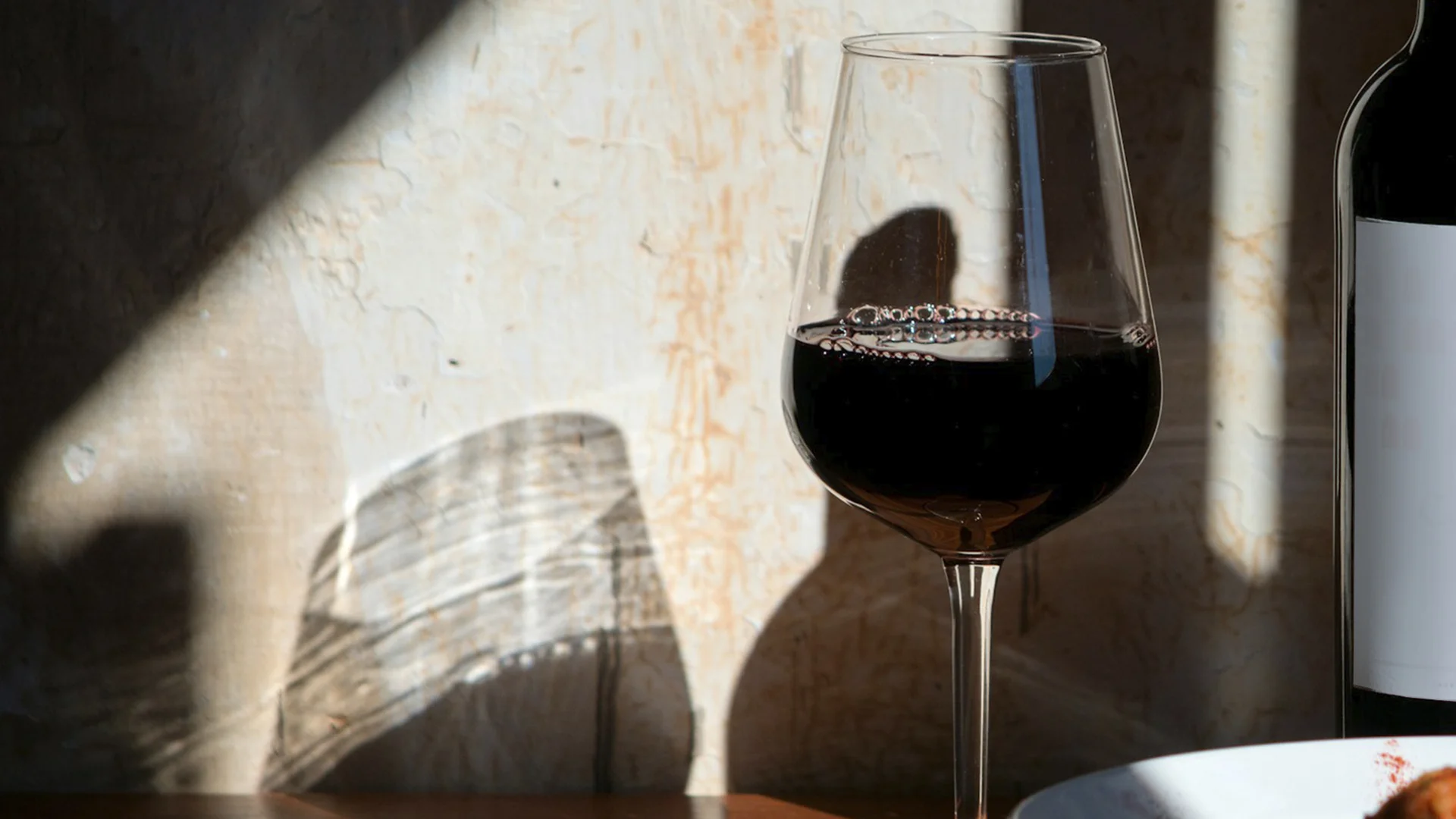
Montepulciano might just be Italian wine’s greatest branding paradox—one name, two radically different wines from two distinct regions of Italy.
This guide breaks down everything you need to know about the dual identities of Montepulciano: the elegant, Sangiovese-based Vino Nobile di Montepulciano from Tuscany, and the bold and approachable Montepulciano d’Abruzzo, made from the Montepulciano grape in Abruzzo.
We’ll explore the key differences in grape variety, winemaking techniques, climate and terroir, sensory profiles, food pairings, and sustainability practices.
Montepulciano holds a special place among Italy's most celebrated wine regions, reflecting the country's diverse and rich wine culture.
You’ll also find practical tips for serving, storing, and selecting the best bottles for every budget.
Whether you’re a casual wine lover or a seasoned enthusiast, this is your go-to guide for understanding one of Italy’s most misunderstood names in wine.
Here’s where the plot thickens like a perfectly reduced ragù.
Montepulciano isn’t just one wine—it’s a tale of two territories telling completely different stories.
Vino Nobile di Montepulciano is the aristocratic cousin from Tuscany, made primarily from Sangiovese grapes (with a minimum of 70%), and typically blended with other local varieties.
It’s a great example of a wine of place.
Think of it as the Netflix Premium of Italian wine: premium content, higher price point, and aged to perfection.
It was among the first red wines to earn DOCG status in 1980.
Montepulciano d’Abruzzo, on the other hand, is made from the Montepulciano grape itself, which produces wines that are bold and approachable, and represents the second most planted red grape in Italy after Sangiovese.
It’s the Amazon Prime of Italian reds—accessible, versatile, and reliable.
The confusion is akin to mixing up Tesla the inventor with Tesla the company—same name, completely different entities.
One is a place in Central Italy (Montepulciano, Tuscany) that focuses on varietals like Montepulciano or Sangiovese wines, the other is a grape variety (Montepulciano from Abruzzo).
The most important thing to know about Vino Nobile is its use of the Prugnolo Gentile clone of Sangiovese, which is essential to its character and required by production regulations.

The different regions and grapes result in distinct wine tastes, as the terroir and soil types influence the flavour profiles and overall character of each wine.
The story of Vino Nobile di Montepulciano is woven into the very fabric of Italian wine history.
Dating back to the 16th century, this noble wine has long been celebrated for its elegance and quality.
Poets and writers, most notably Francesco Redi, famously praised it as the “king of all wines,” while Thomas Jefferson counted it among his personal favourites, calling it “a necessity of life.”
Such accolades helped cement Vino Nobile’s reputation as one of Italy’s most distinguished wines.
In 1980, Vino Nobile di Montepulciano was awarded the coveted DOCG status, a testament to its exceptional quality and adherence to traditional winemaking practices.
Over the years, the region’s producers have adopted modern techniques and rigorous quality control, ensuring that every bottle of Vino Nobile lives up to its storied legacy.
Today, Montepulciano continues to produce wines that honour its rich past while meeting the highest standards of excellence.
Montepulciano d’Abruzzo stands out as one of central Italy’s most beloved red wines, crafted from the Montepulciano grape variety.
This approachable red wine is celebrated for its vibrant acidity, moderate tannins, and inviting flavours of cherry, plum, and spice.
It’s a wine that delivers outstanding quality at a wallet-friendly price, making it a staple on any Italian wine list.
Typically, Montepulciano d’Abruzzo is aged for at least six months in oak barrels, which imparts a subtle vanilla note and enhances the wine’s complexity.
The result is a medium-bodied wine with a smooth, balanced palate—perfect for pairing with a wide range of foods.
Whether you’re enjoying pasta, pizza, or grilled meats, this versatile wine brings out the best in every dish.
Its combination of flavour, quality, and value makes Montepulciano d’Abruzzo a must-try for fans of Italian reds.
Vino Nobile di Montepulciano is a benchmark for rich, full-bodied Italian wines, offering a tapestry of flavours that captivate the senses.
Crafted from a blend dominated by Sangiovese, with supporting roles from local grapes such as Canaiolo Nero and Mammolo, this wine is renowned for its rich notes of dark fruit, leather, and tobacco.
The careful use of oak barrels during the aging process introduces delicate hints of vanilla and spice, adding further complexity to the wine’s profile.
Thanks to its robust structure and balanced acidity, Vino Nobile is a wine that truly benefits from aging—some bottles evolve beautifully over time, developing even greater depth and nuance.
Its DOCG status is a guarantee of quality, reflecting both the region’s commitment to tradition and its pursuit of excellence.
When it comes to food pairing, Vino Nobile shines alongside hearty dishes such as red meats, game, and aged cheeses, making it a perfect example of a wine that elevates any meal.
The winemaking methods diverge like two operating systems running similar software.
Vino Nobile di Montepulciano follows a structured, traditional approach:
Montepulciano d’Abruzzo embraces flexibility:
It’s like comparing Apple’s tightly controlled ecosystem with Android’s open-source platform—different philosophies, both producing excellent results.
Here’s where the experience diverges like two Netflix algorithms delivering different genres.
Vino Nobile di Montepulciano offers:
Montepulciano d’Abruzzo delivers:
The difference is like a symphony orchestra (Vino Nobile) vs. a jazz band (Montepulciano d’Abruzzo)—same talent, different tempos.
Wine pairing is a true art that brings the best of both the dish and the beverage.
Understanding the fundamental tastes in both the wine and the food is key to achieving a harmonious pairing.
Here are some pairing suggestions for Montepulciano and Montepulciano d’Abruzzo.
The slightly sweet Vino Nobile di Montepulciano pairs best with:
On the other hand, due to its lower acidity, the Montepulciano d’Abruzzo wine tastes shine with:
Think of Vino Nobile as the wine for fine dining and Montepulciano d’Abruzzo as your go-to for casual meals and social gatherings.
Here’s where the terroir of great places creates two completely different value propositions.
Vino Nobile di Montepulciano thrives in Tuscany’s unique environment:
The combination of these soils and elevation often results in wines with more tannins and structure, contributing to the robust character of Vino Nobile di Montepulciano.
The Adriatic coast shapes Montepulciano d’Abruzzo:
Think of it as comparing coastal California and inland Tuscany—both Mediterranean, but with different microclimates and viticultural outcomes.
Serving and storage are like tech setups—precision makes all the difference.
Chianti versus Montepulciano is like comparing Microsoft to Apple—both are successful, but with different market strategies and consumer bases.
While both Chianti and Montepulciano are celebrated red wines, the region also produces notable white wines that highlight different aspects of the local terroir and offer unique expressions of Tuscan winemaking.
Chianti is like the iPhone—accessible, reliable, and works for most people most of the time.
Vino Nobile is more like the iPad Pro—premium positioning, specialized use cases, and appeals to more discerning users.
The terroir difference is crucial: Chianti’s northern location creates wines with higher acidity and freshness, while Montepulciano’s southern position produces richer, more structured wines with greater aging potential.
Other wines with which Montepulciano can be compared include Cabernet Sauvignon, Californian Zinfandel, and Merlot.
Sustainability is where Montepulciano becomes a wine-world innovator.
Vino Nobile di Montepulciano leads the charge:
Initiatives include:
Montepulciano d’Abruzzo is also catching up:
This is wine’s clean energy revolution—driven by values, regulations, and market trends.
Montepulciano wines are a branding masterclass—same name, different identities, and both thriving.
Vino Nobile di Montepulciano is the premium subscription model: complex, age-worthy, elegant. Tuscany’s Burgundy.
Montepulciano d’Abruzzo is the everyday favourite: bold, accessible, reliable. Italy’s Merlot.
Don’t choose between them—use them strategically.
Pop a Montepulciano d’Abruzzo on pizza night, and save the Vino Nobile for dinner parties and celebrations.
Like a successful product ecosystem, these wines complement rather than compete with one another.
Their shared name, once a source of confusion, is now a unique asset.
With rising quality, sustainability, and global interest, both wines have bright futures.
Both Vino Nobile di Montepulciano and Montepulciano d’Abruzzo exemplify what makes a great wine: character, balance, and a sense of place.
So whether you’re sipping the aristocrat or the everyman, you’re drinking a powerful story of terroir, tradition, and Italian ingenuity.

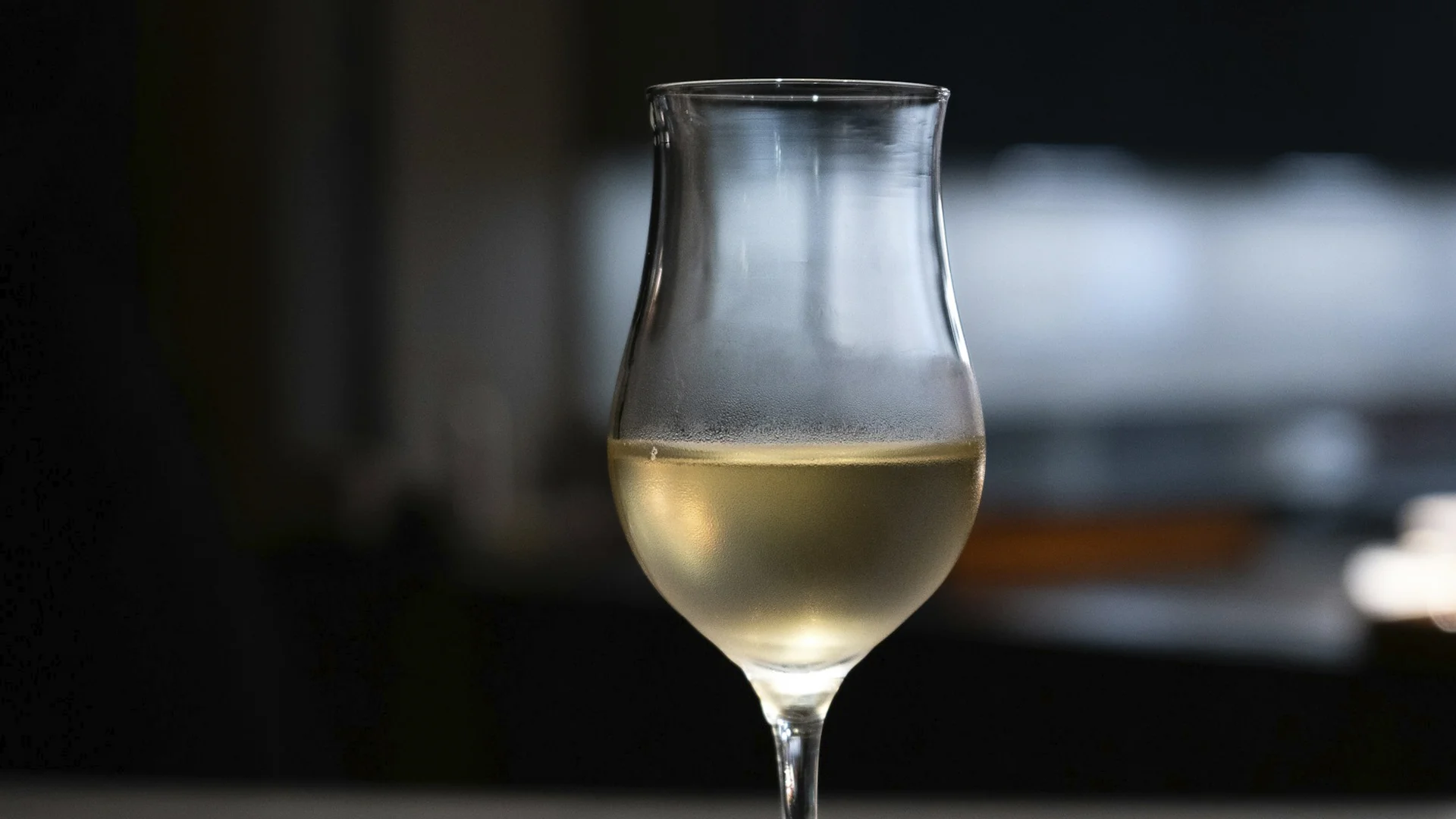
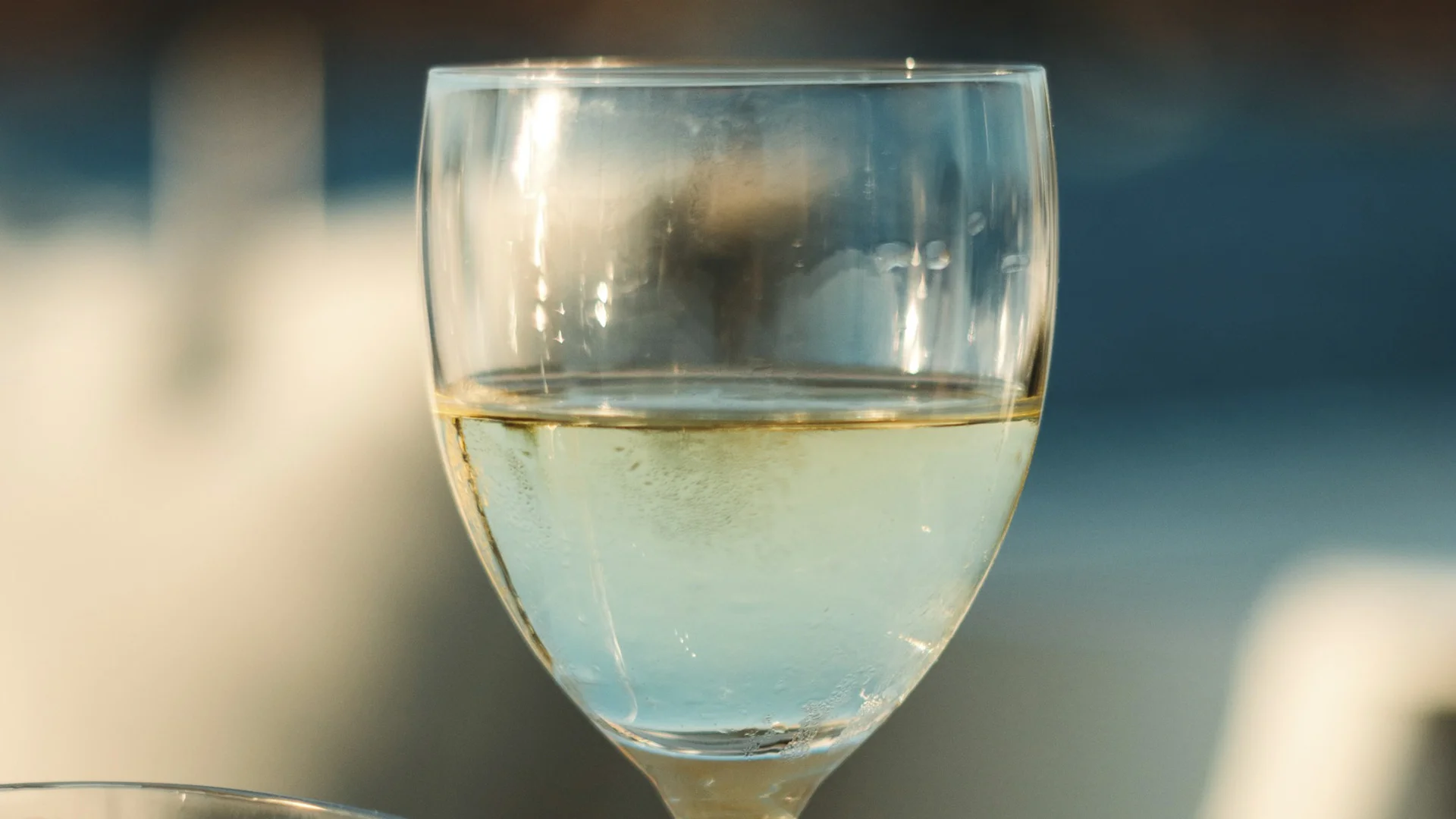
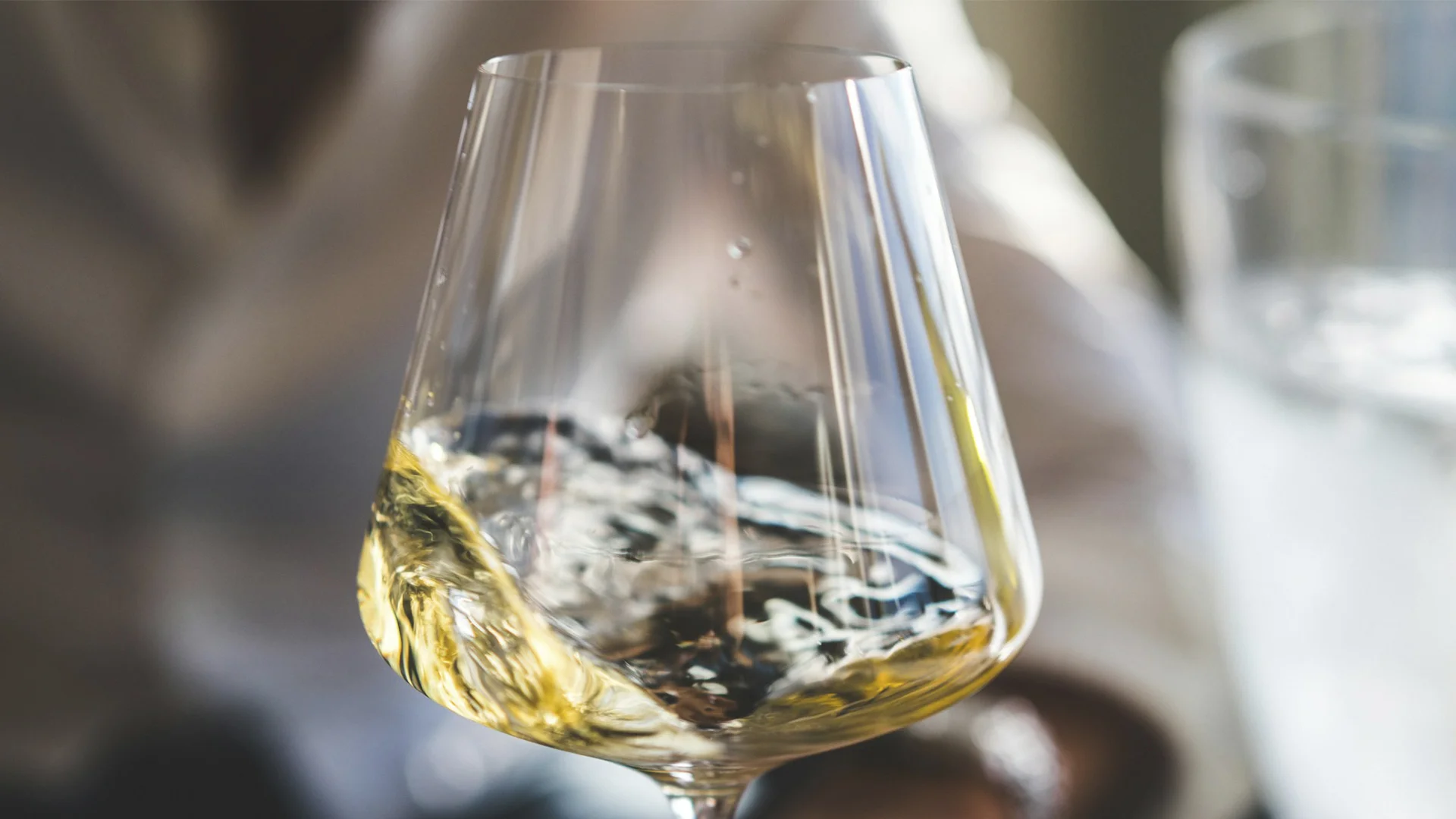
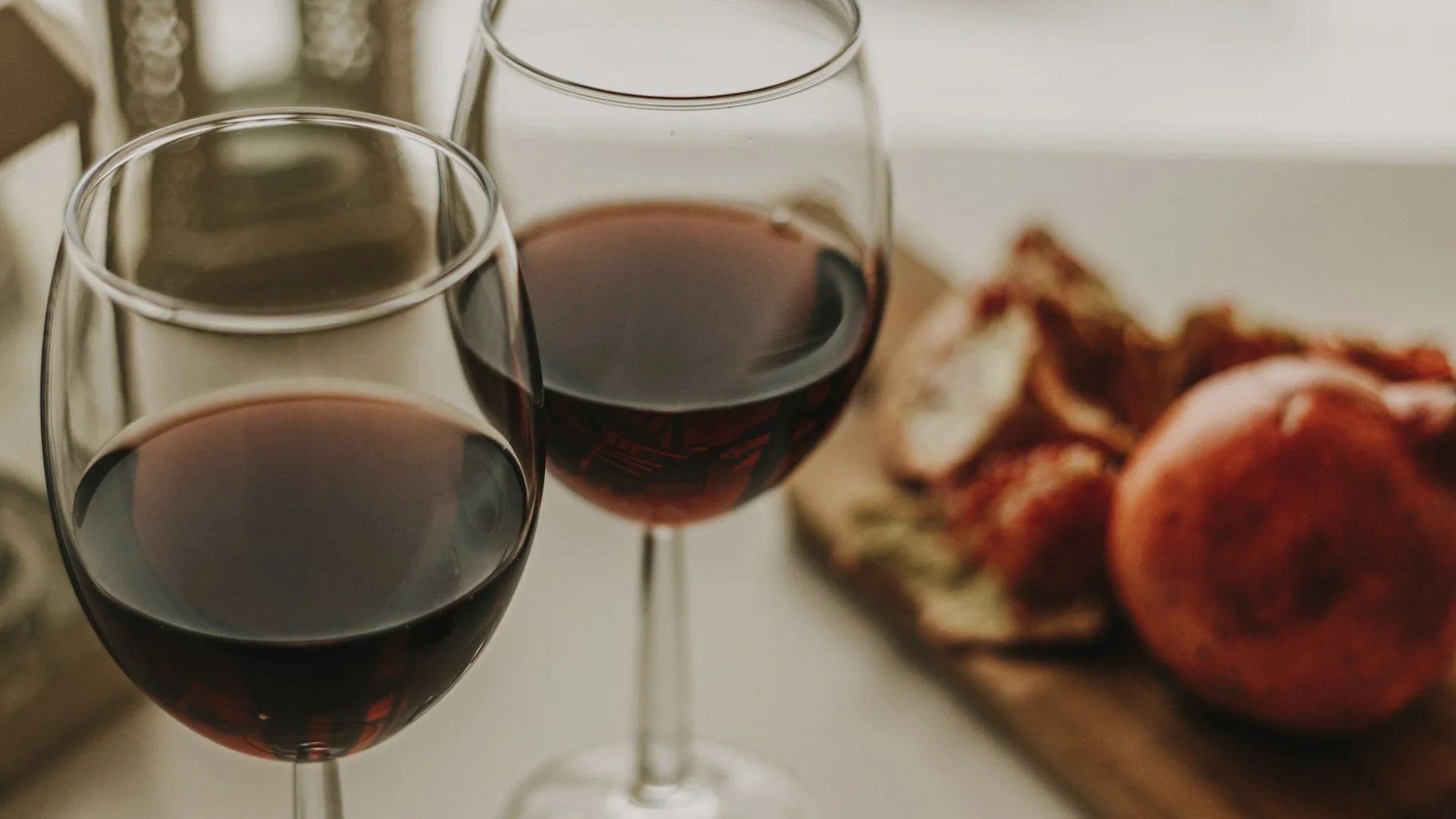

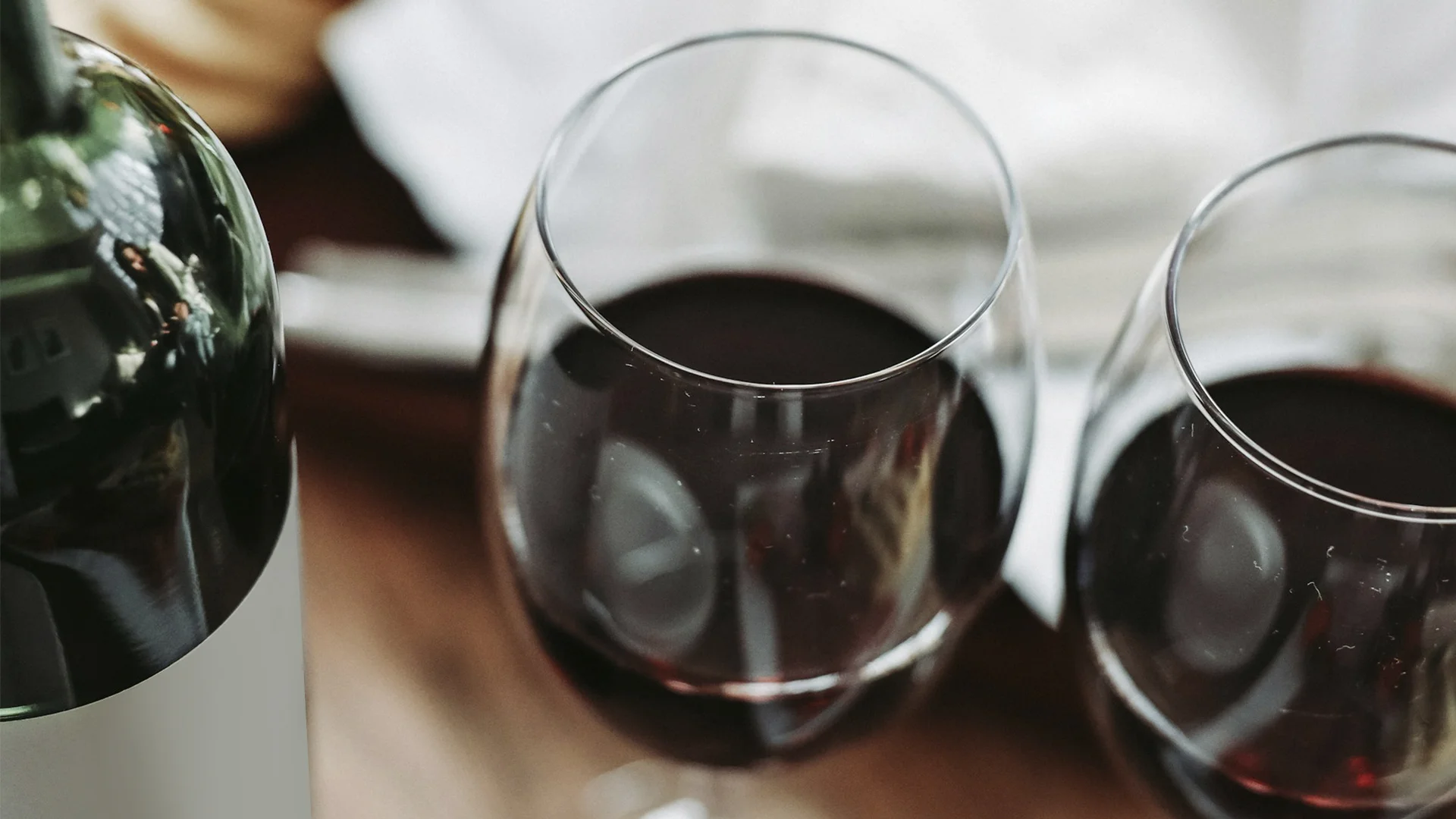
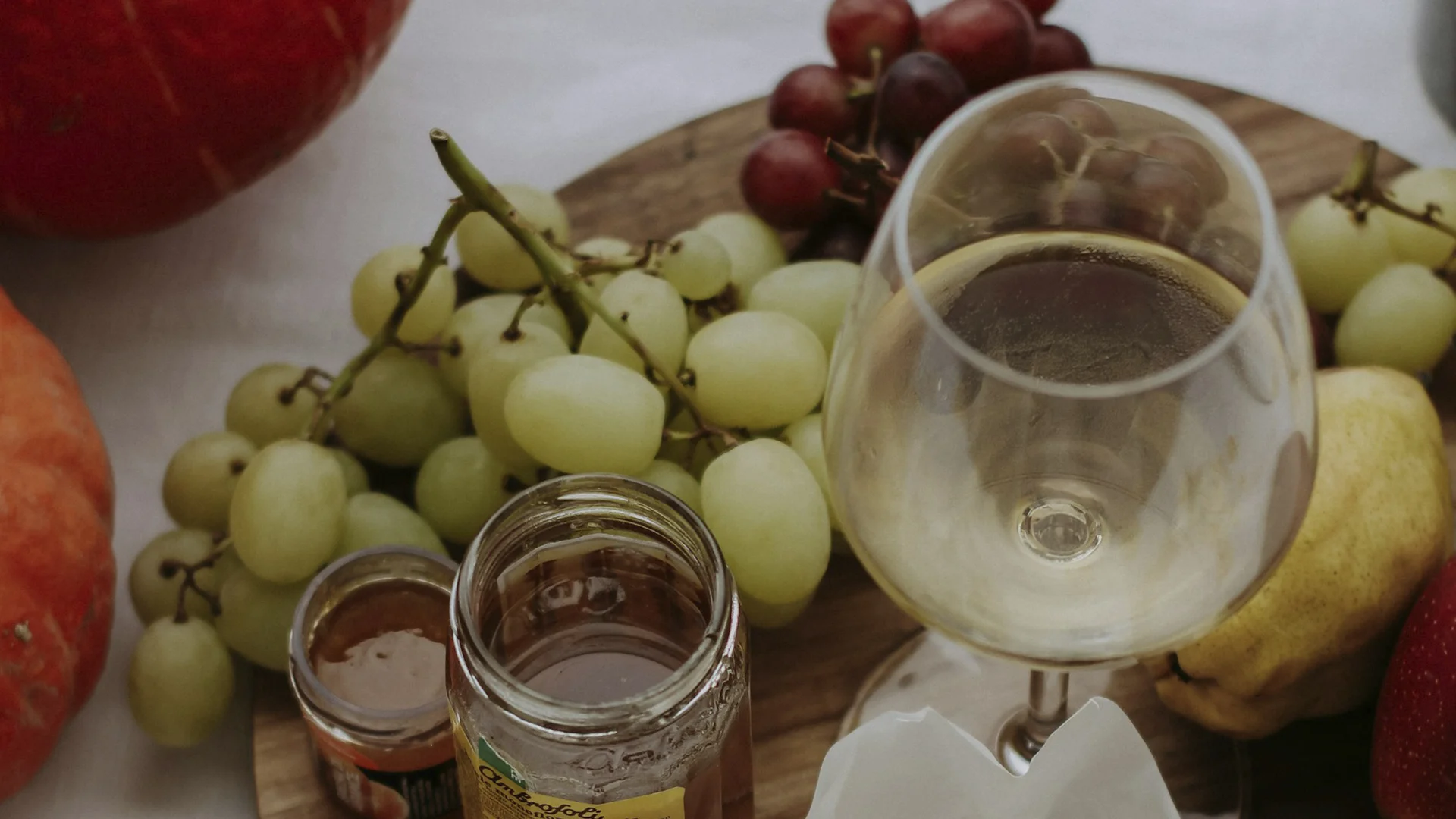


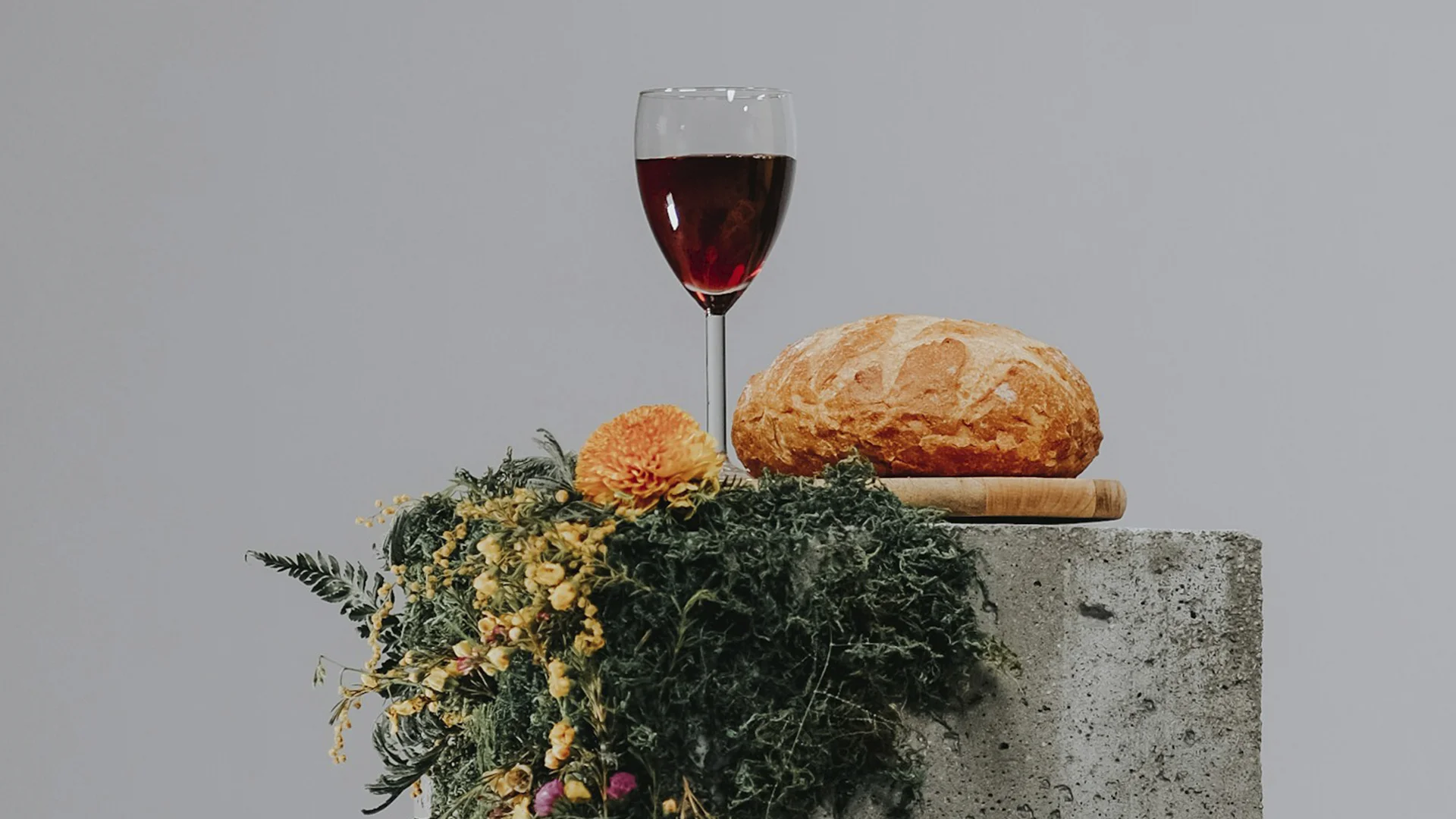


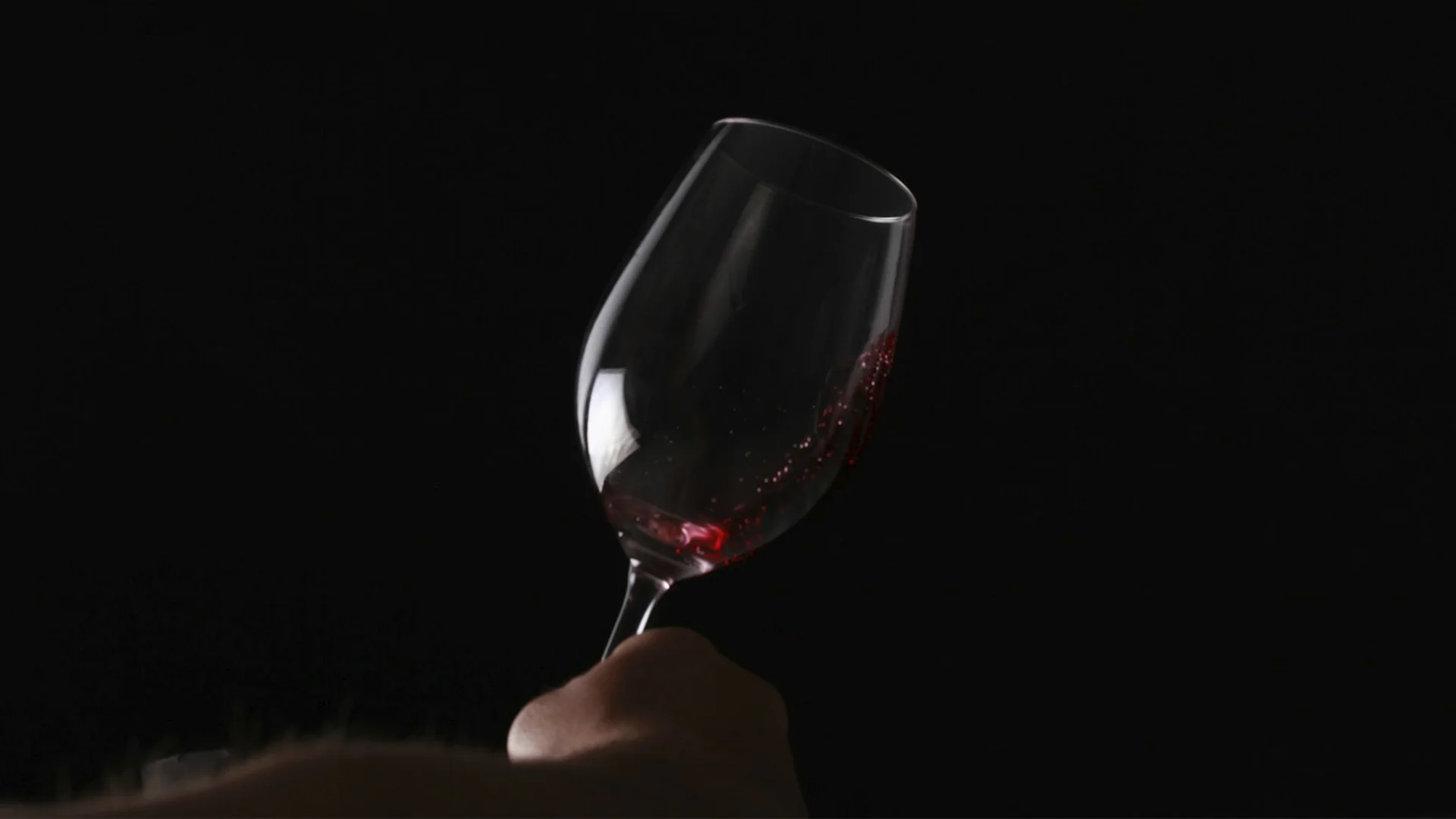
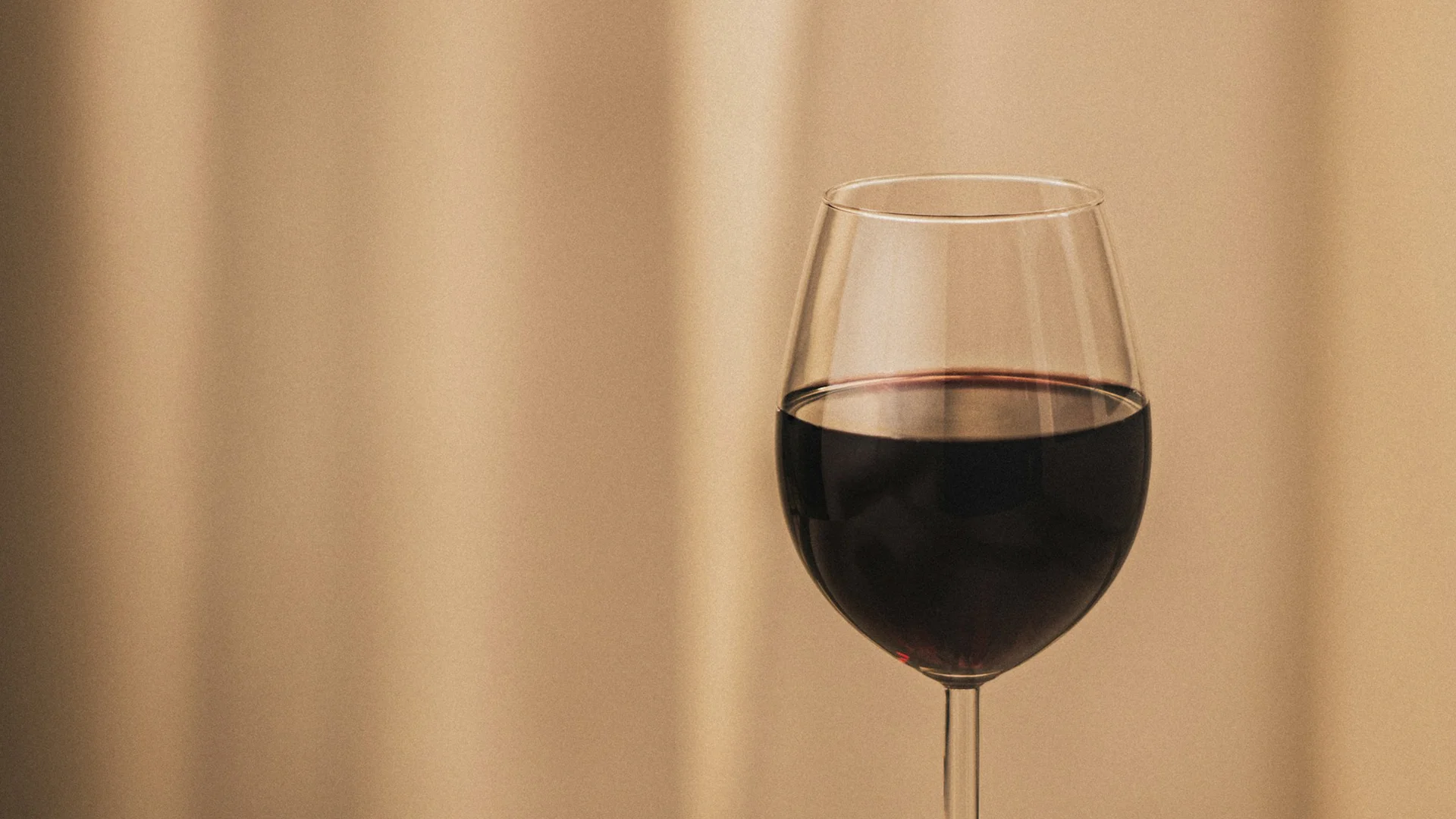
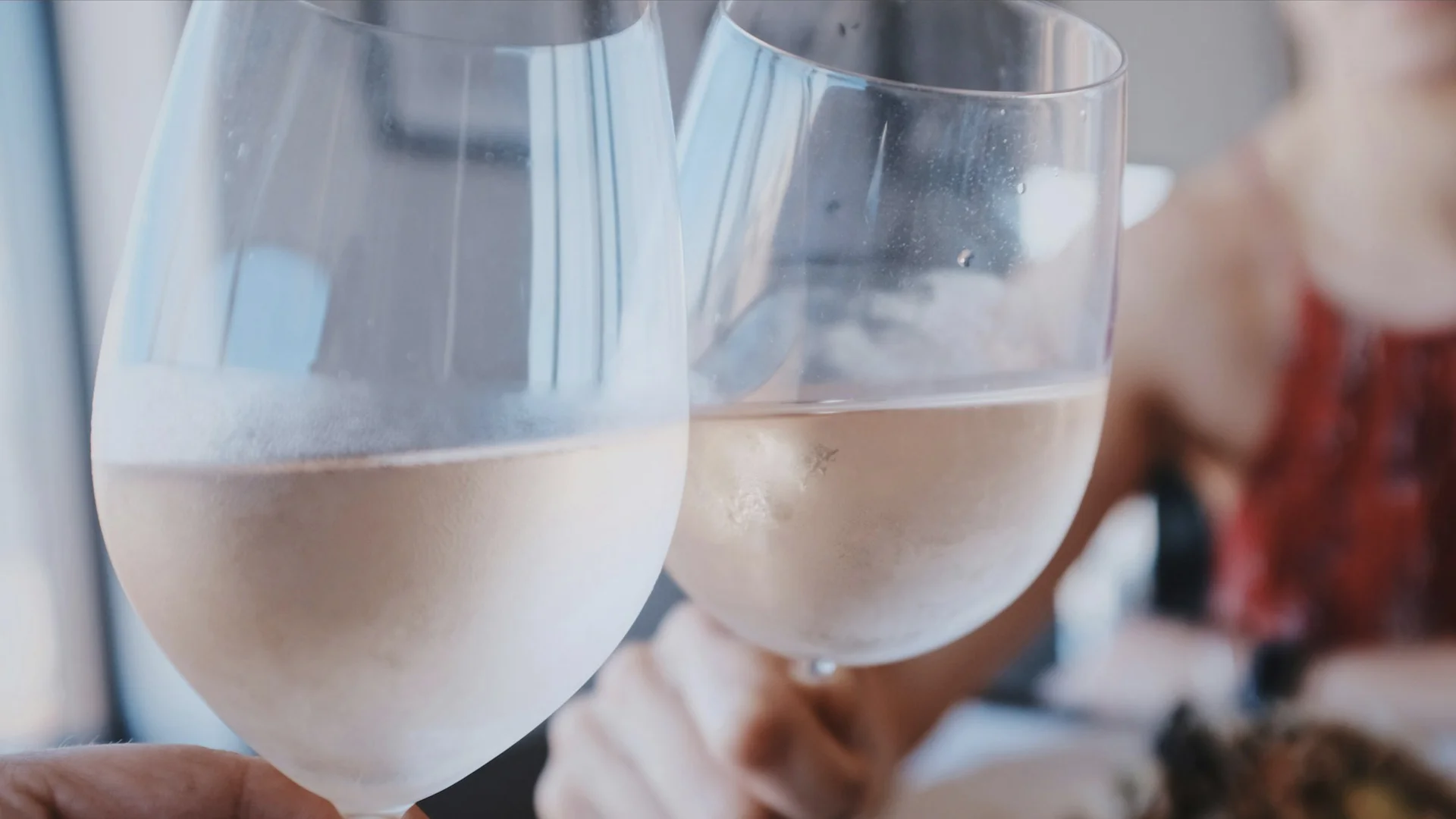

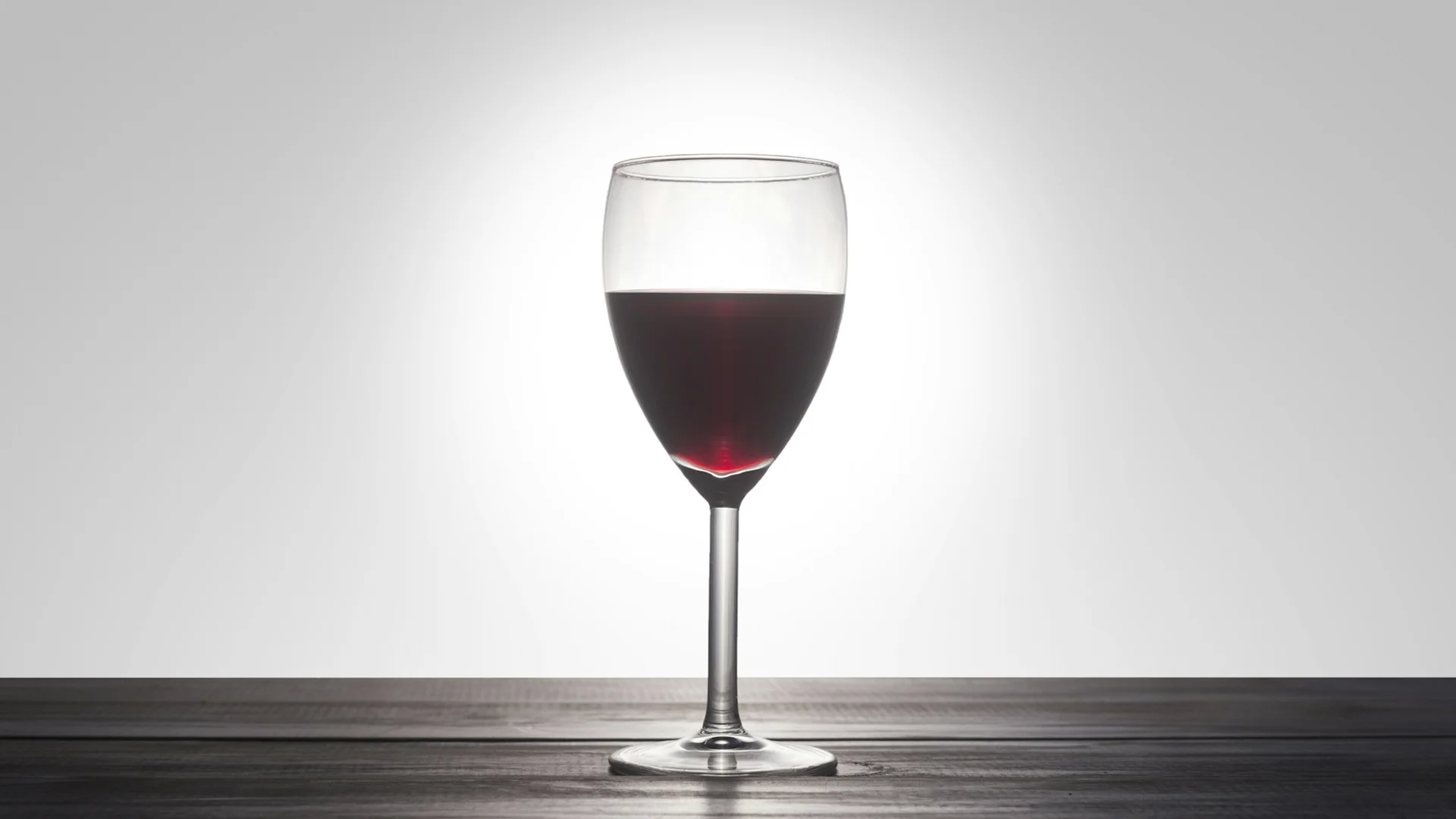


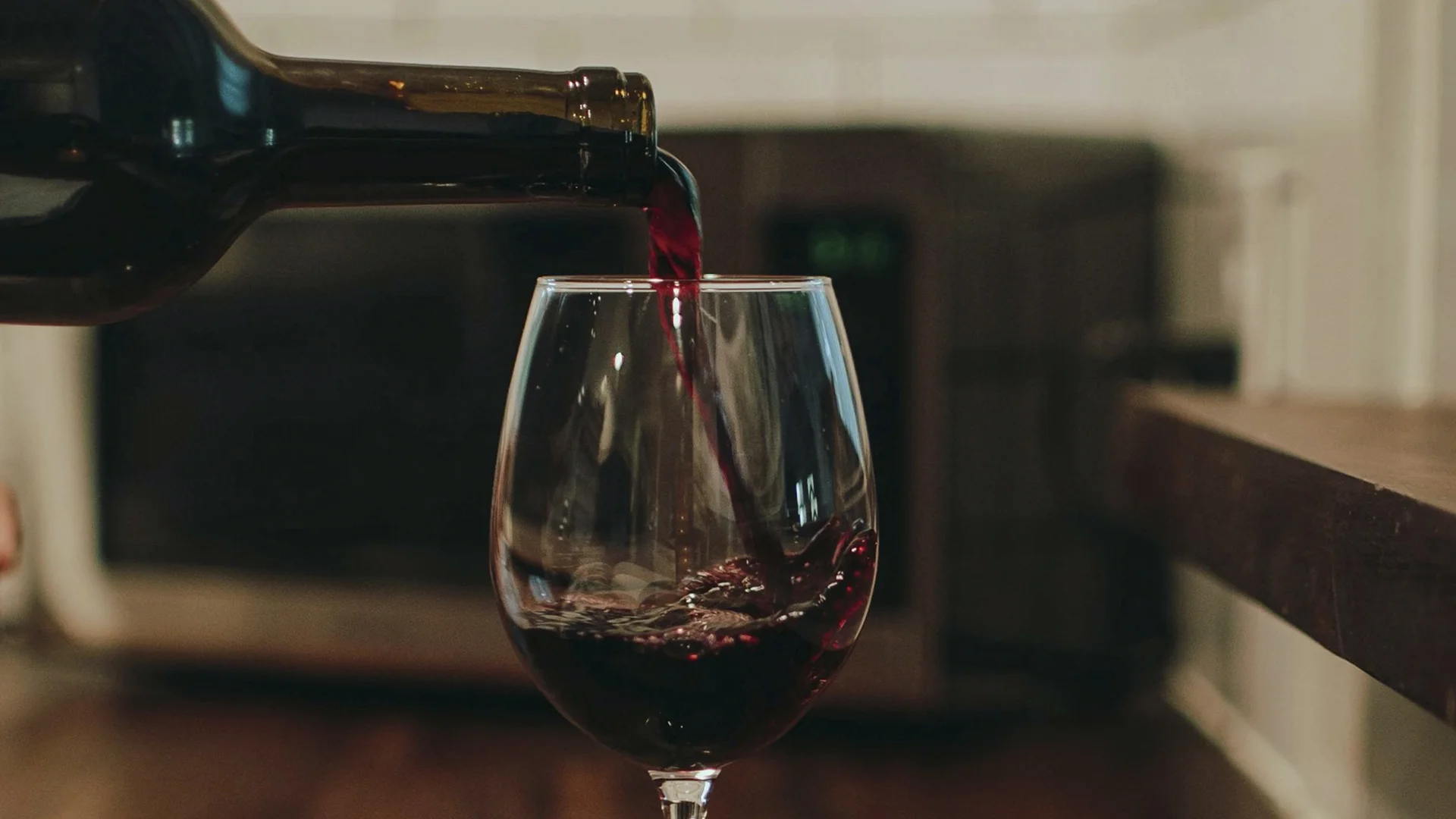
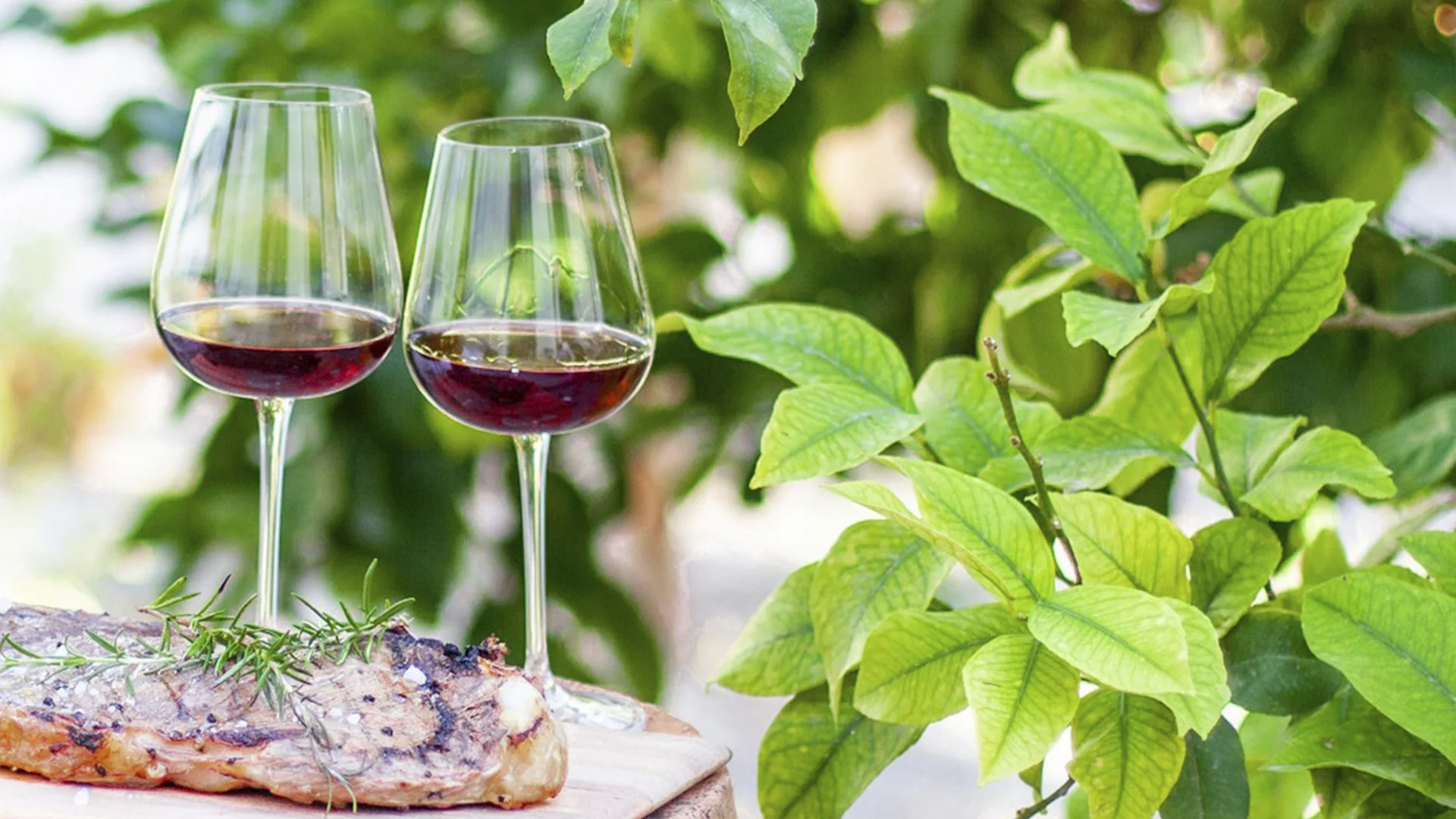

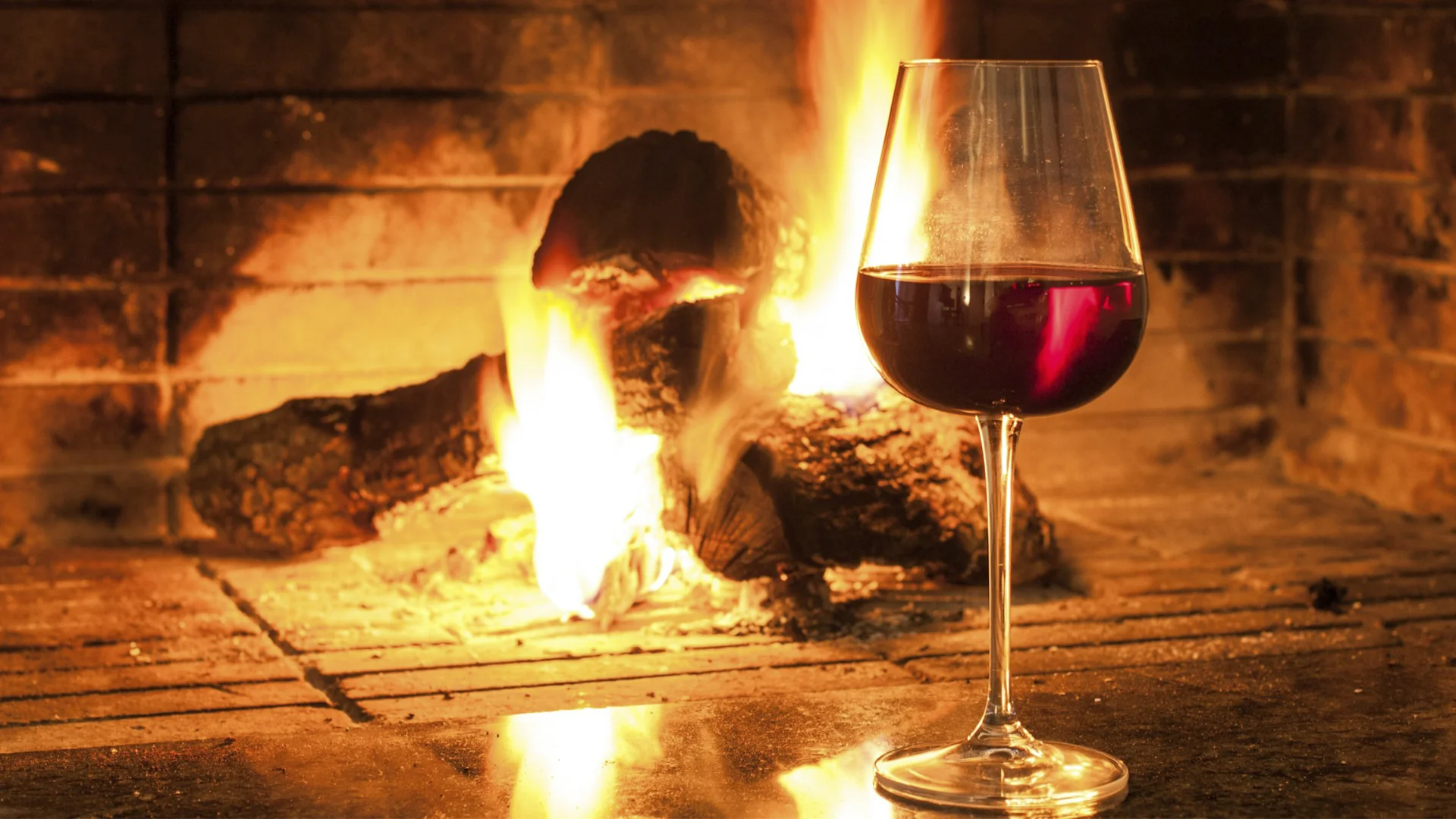
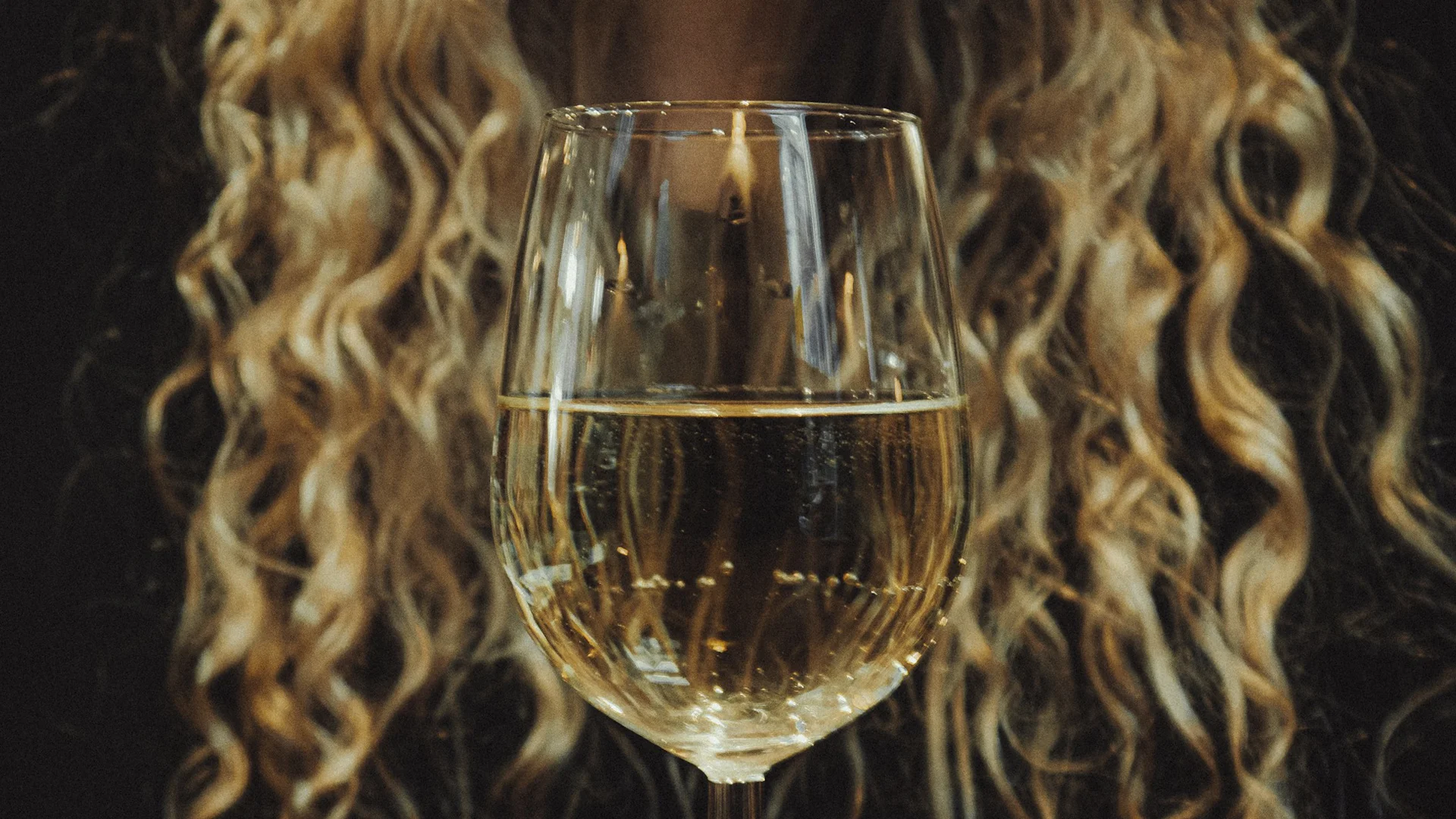

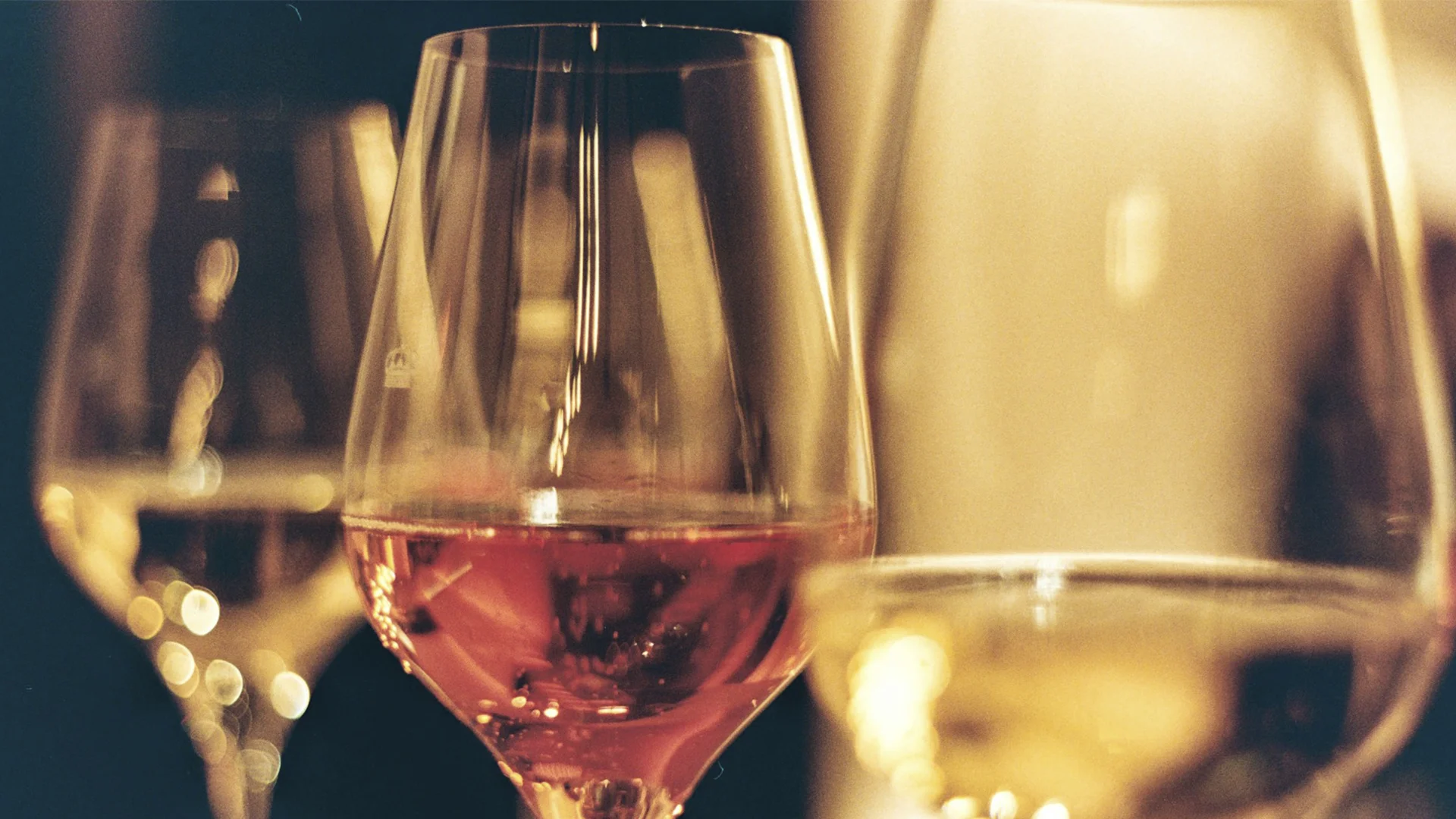
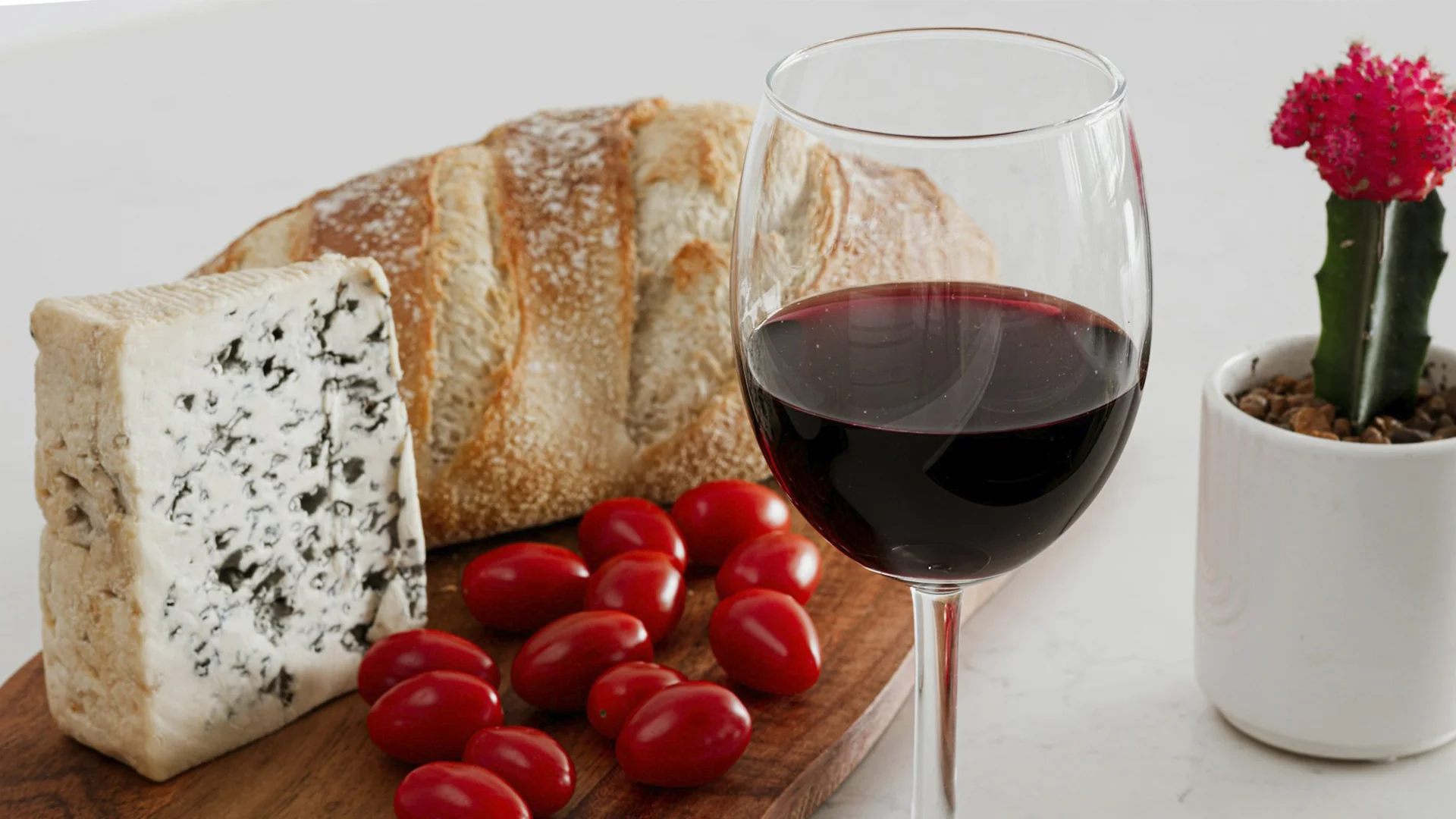


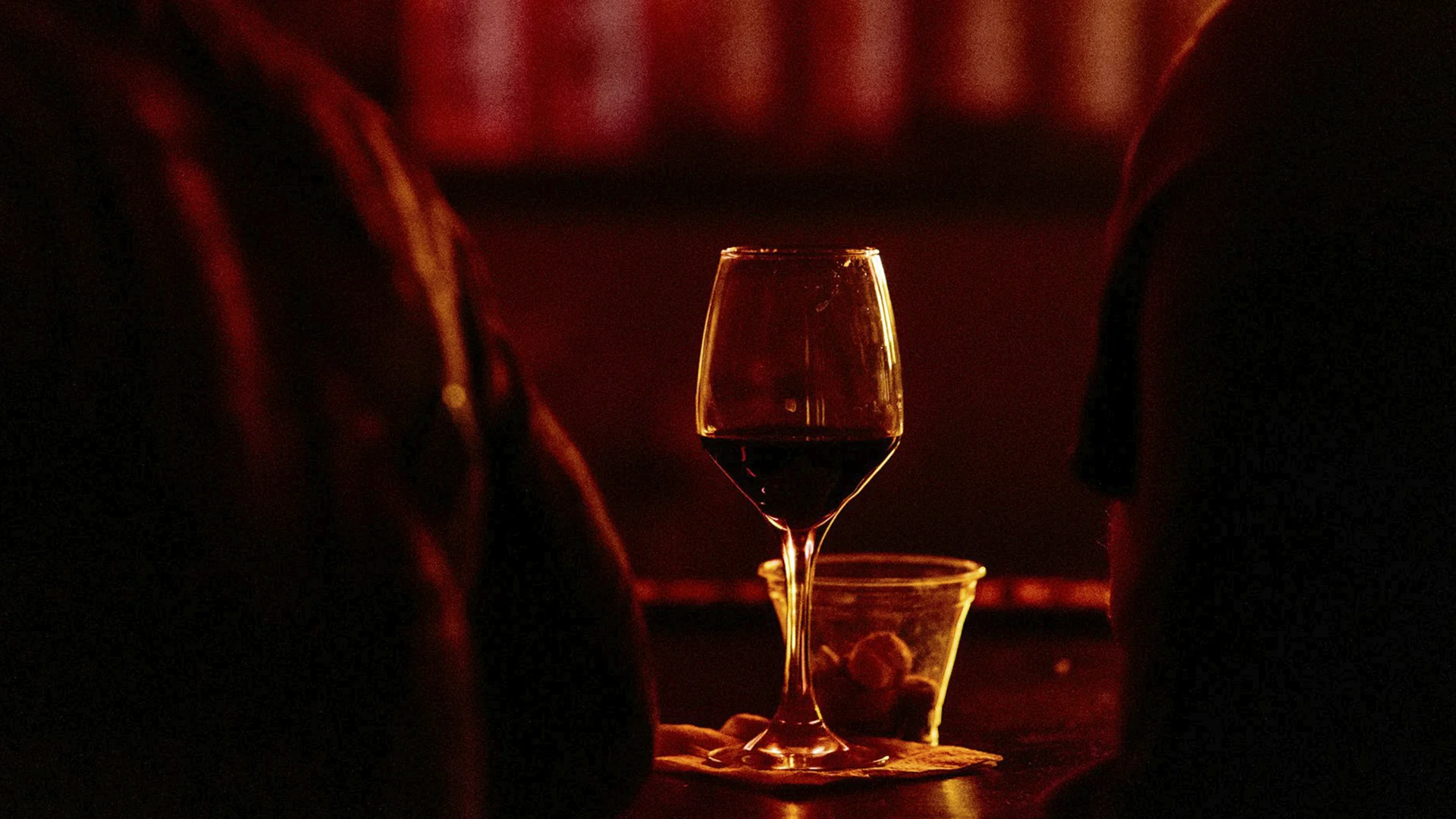

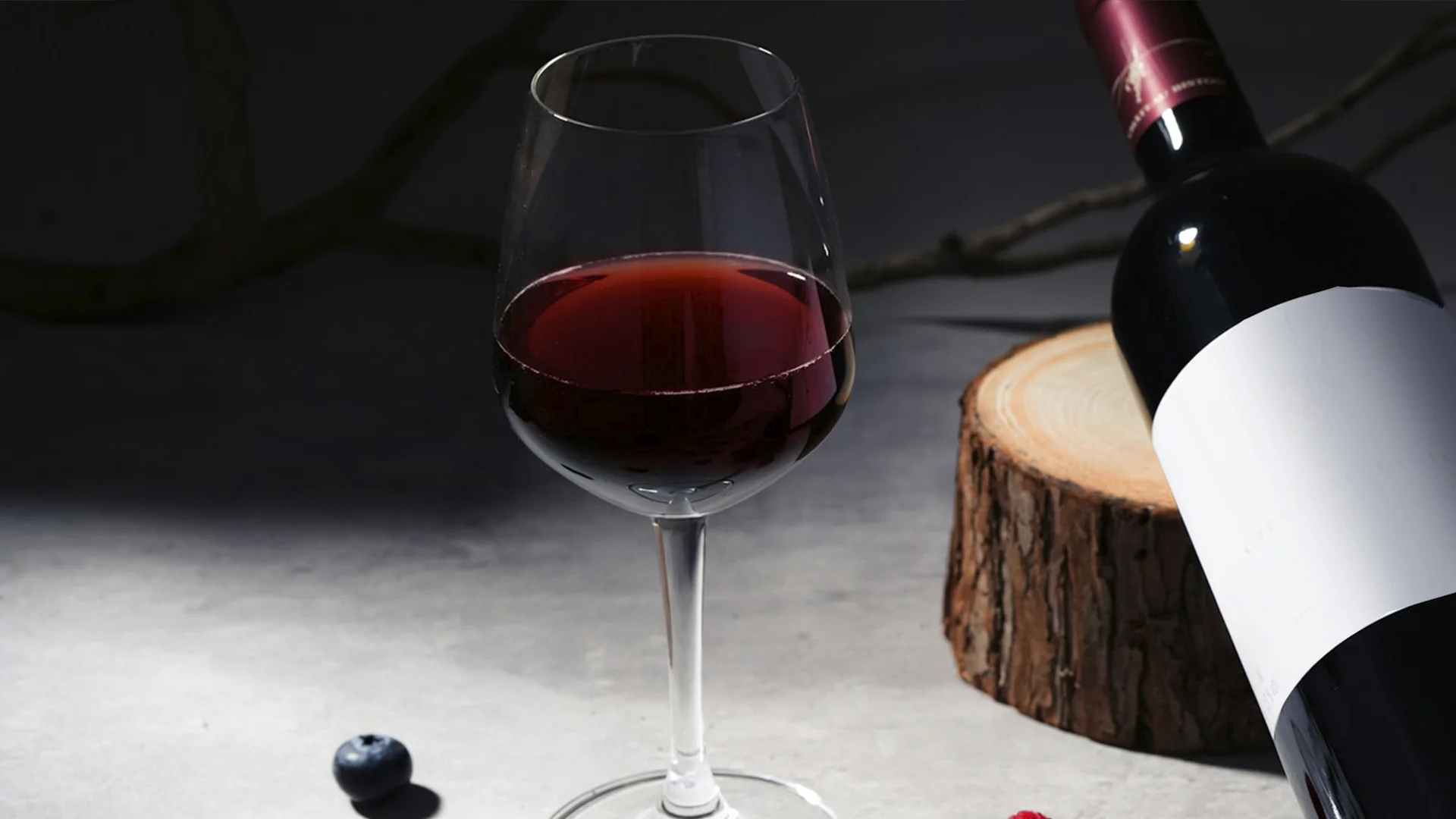
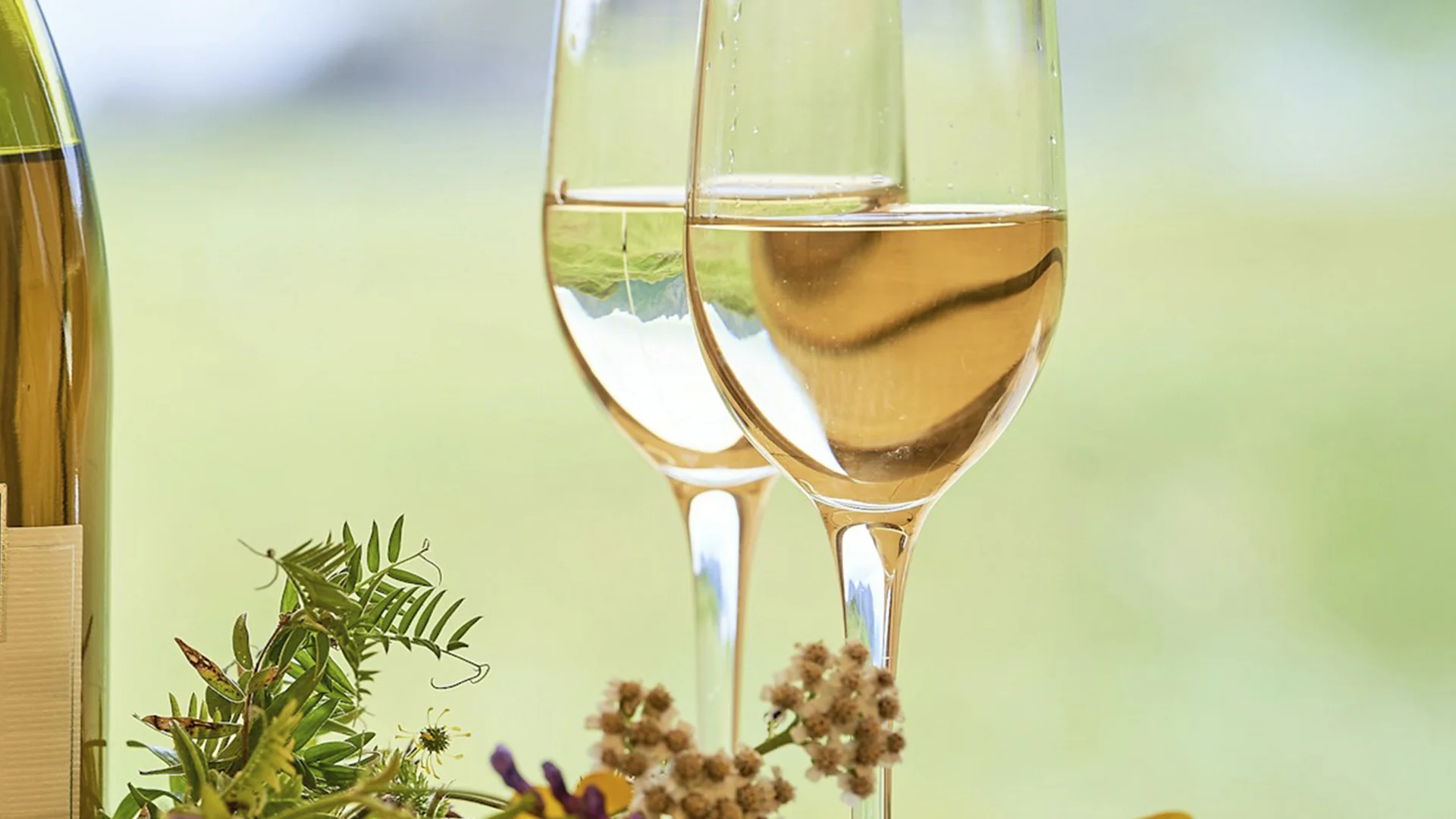
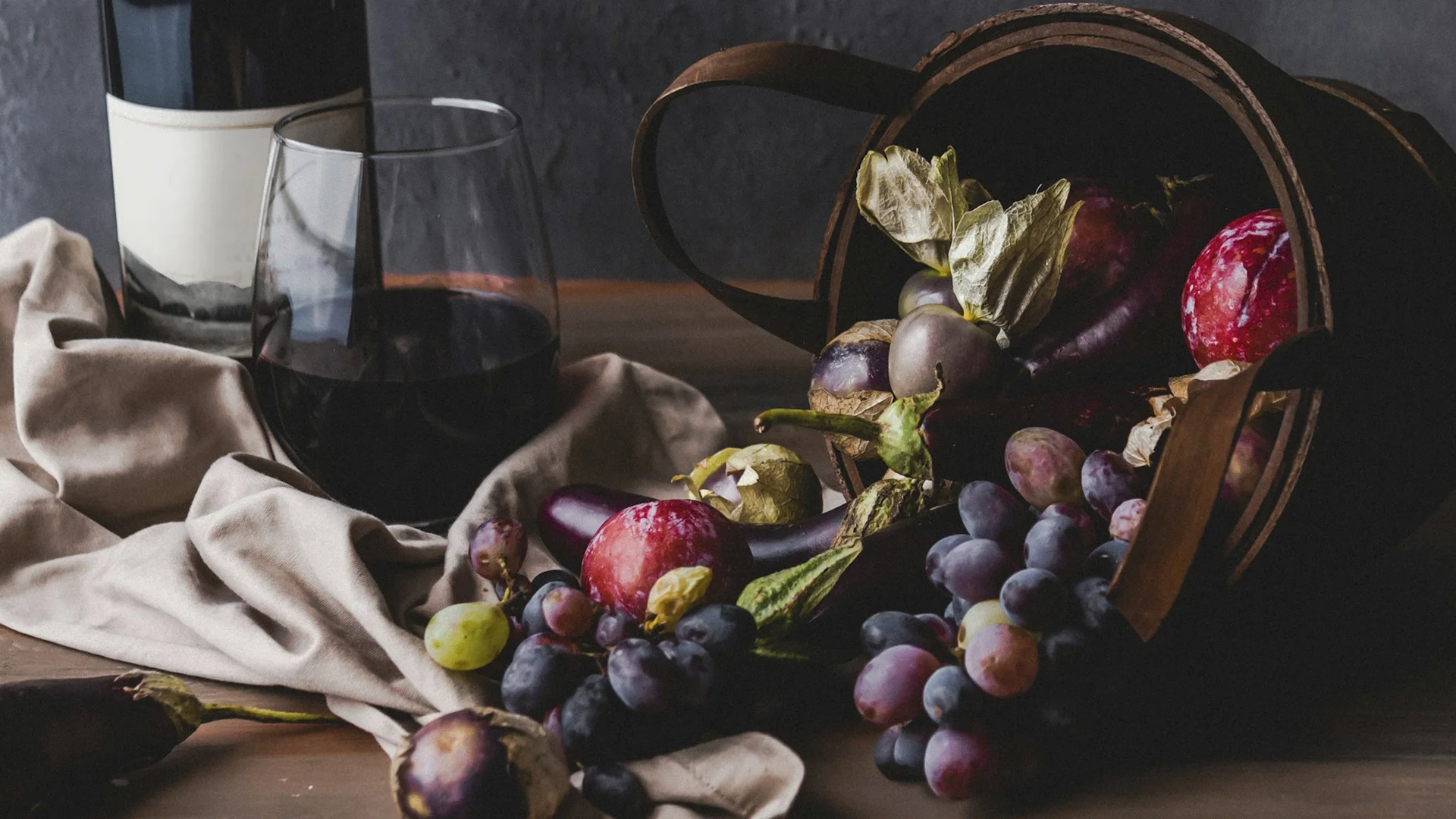
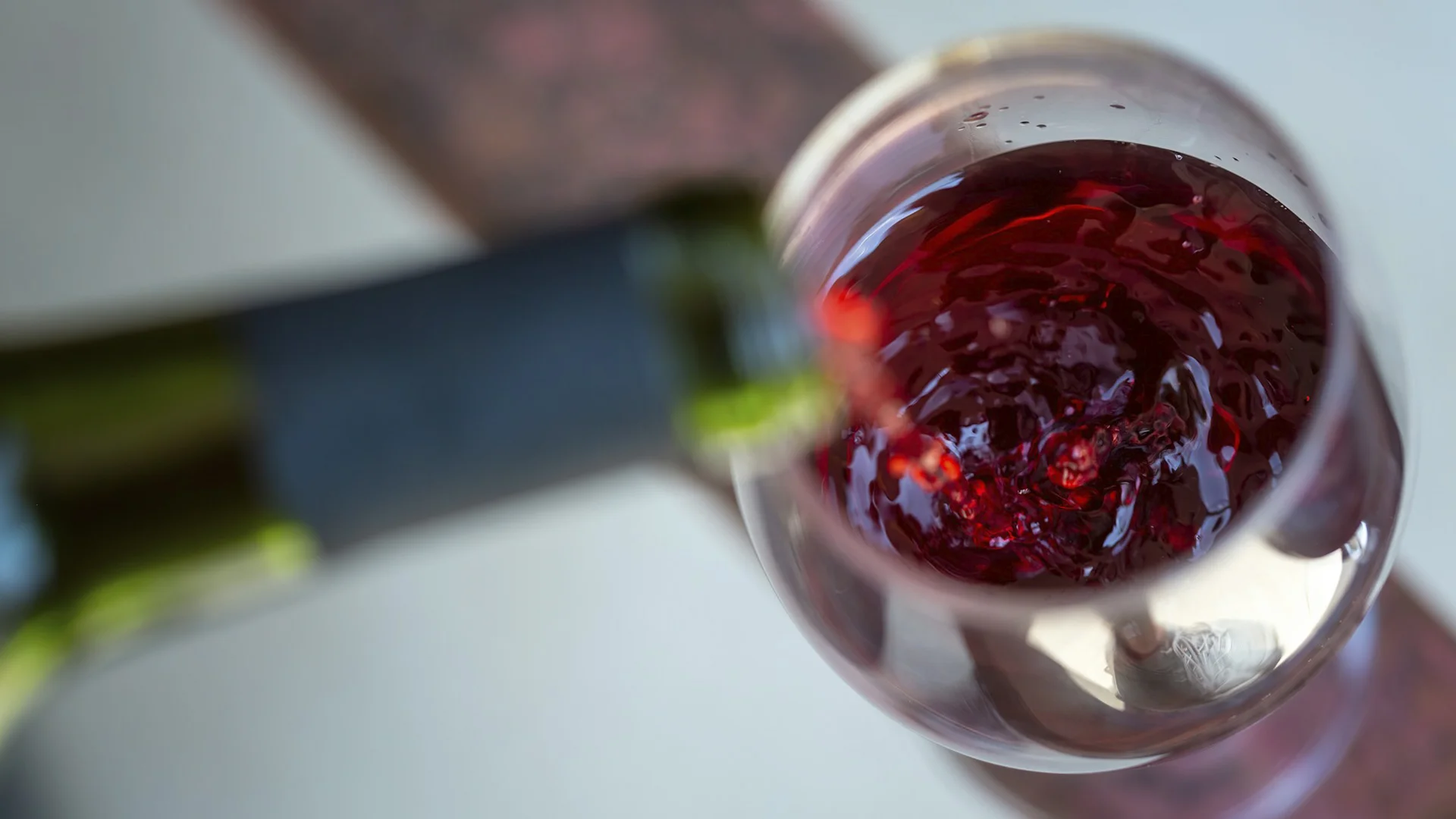
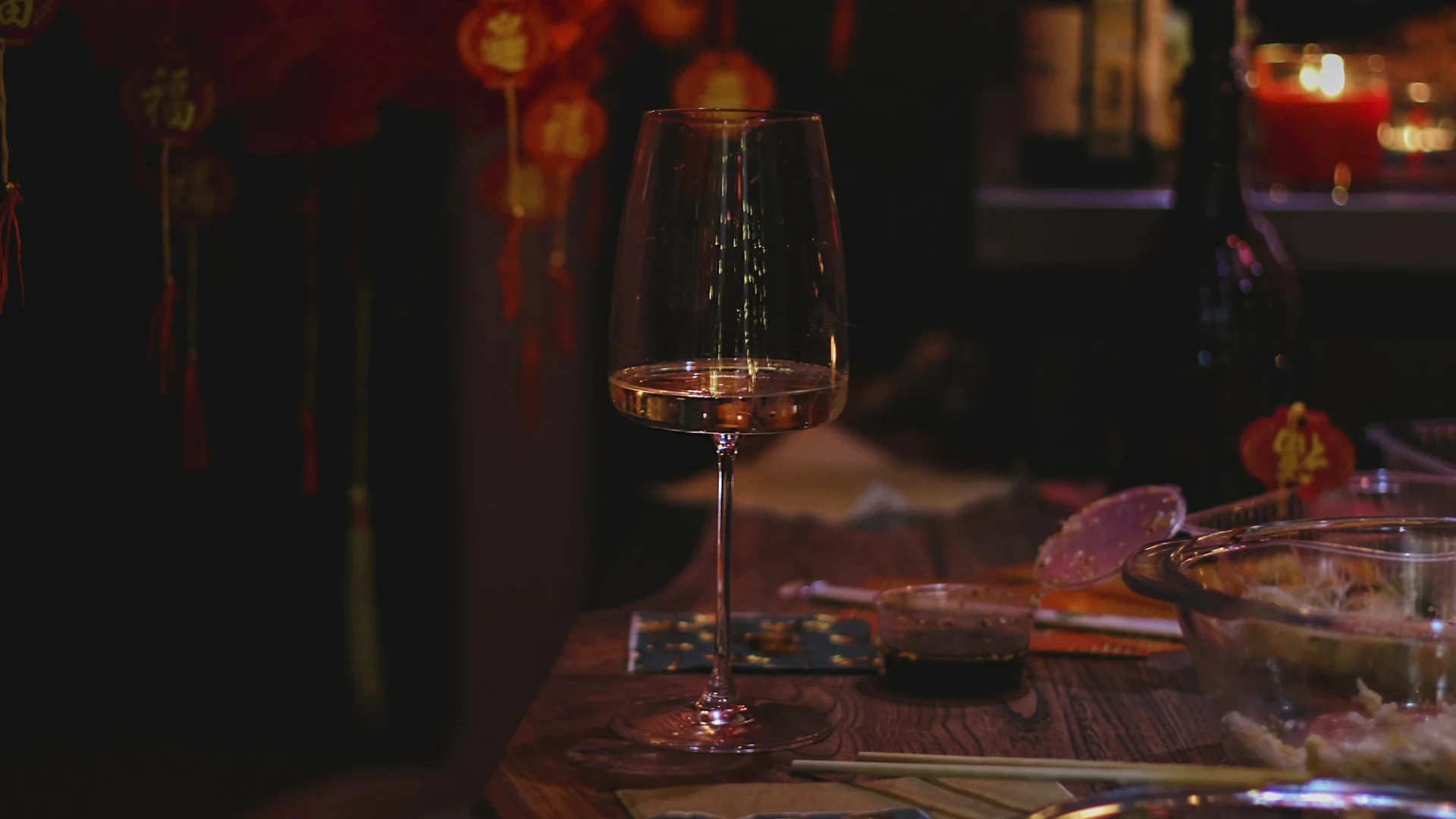






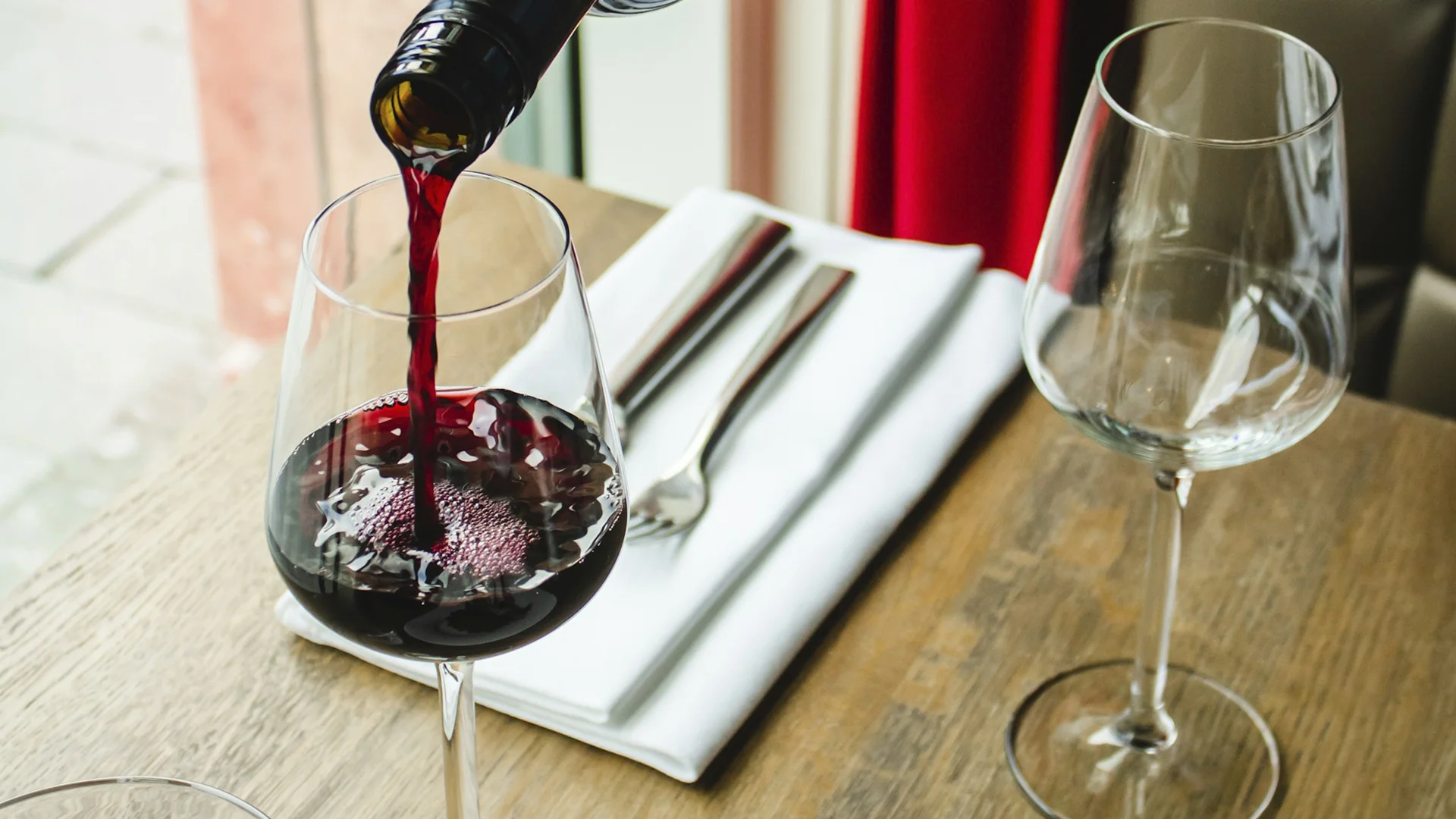












.webp)

.webp)
.webp)
.webp)



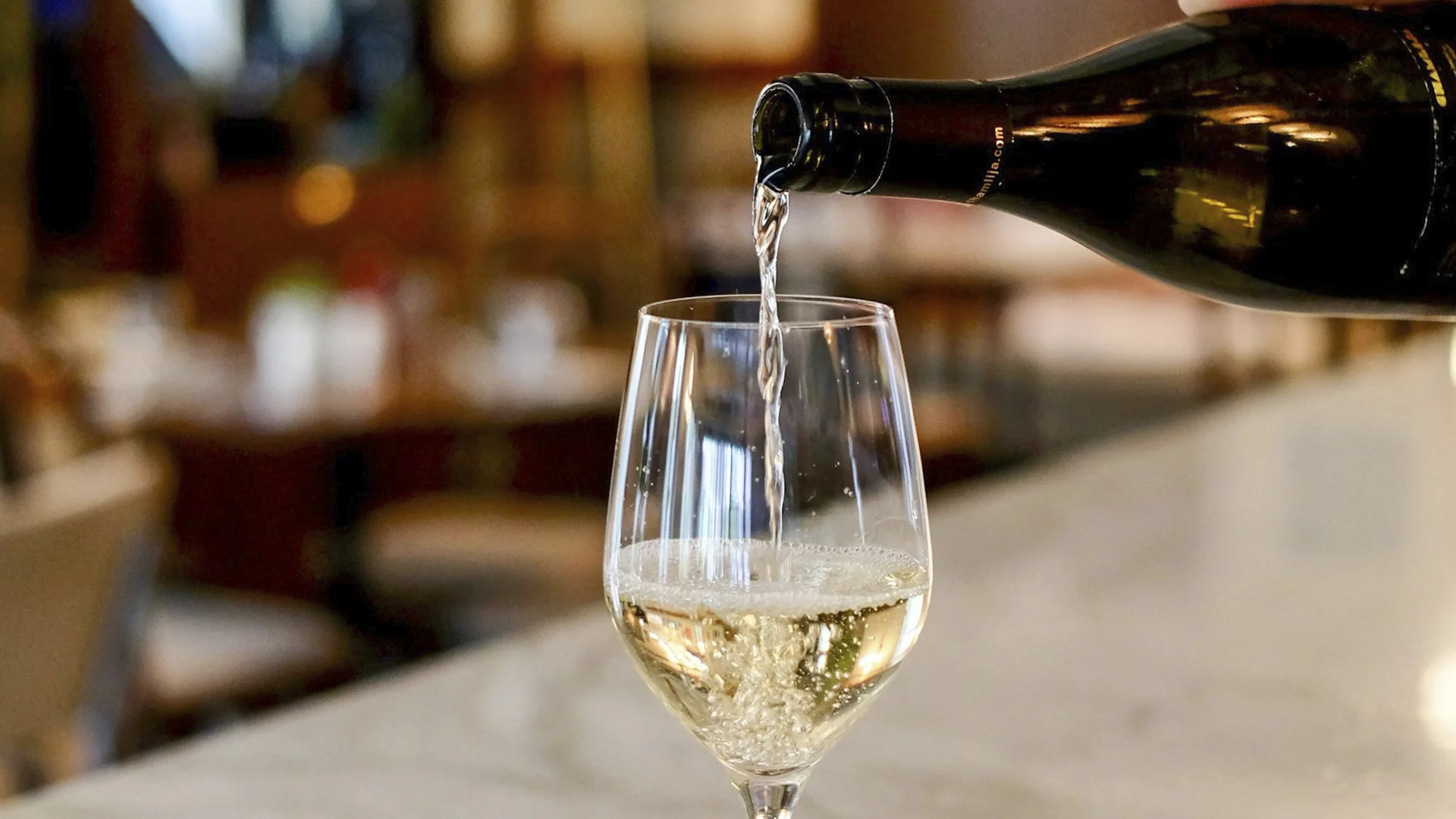


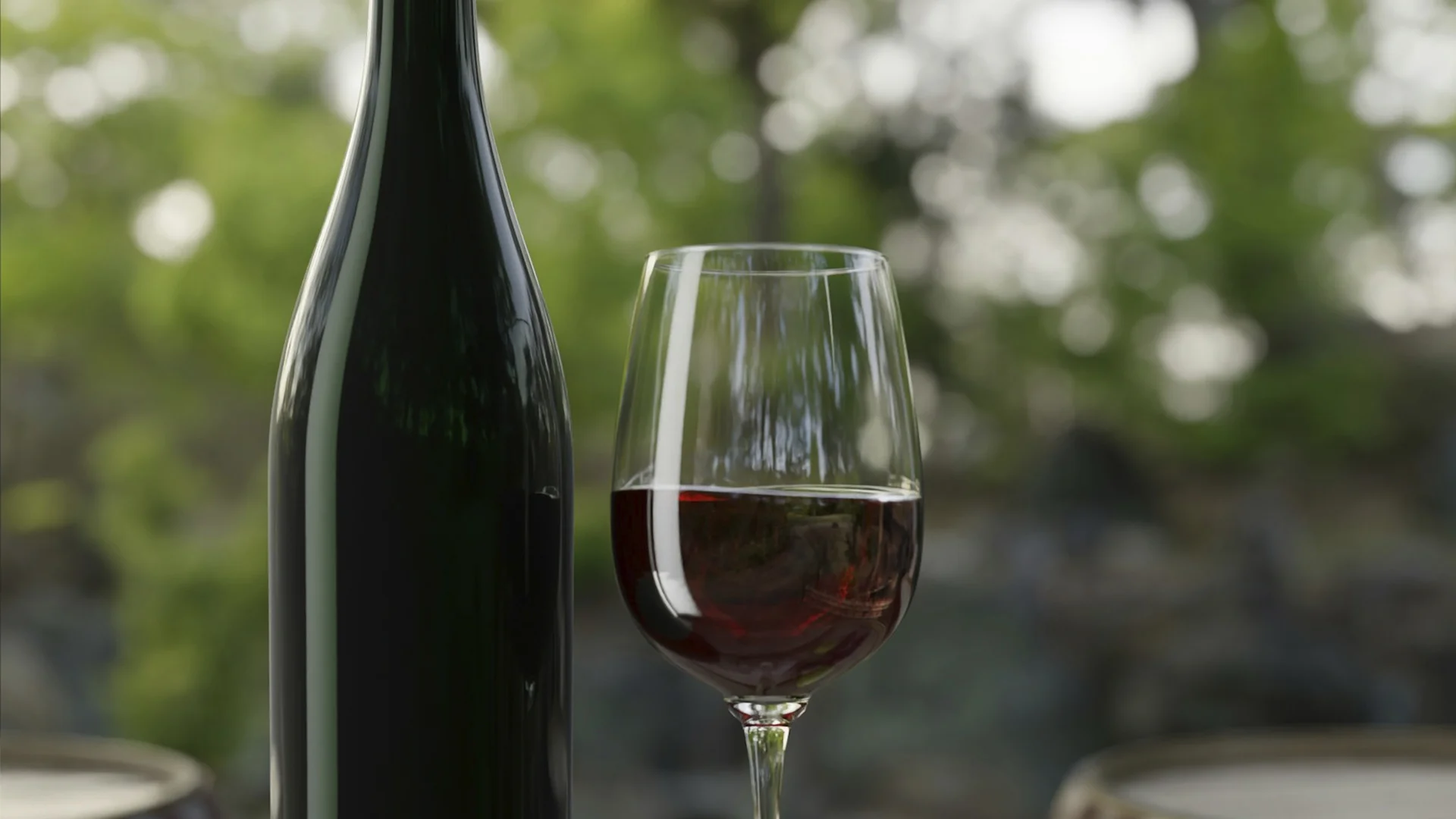



















.webp)













Are you interested in
collaborating with us?